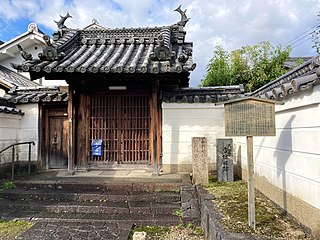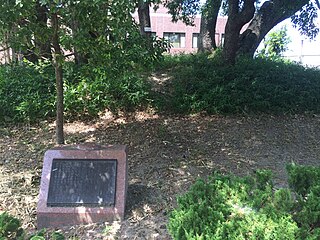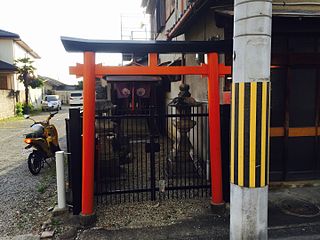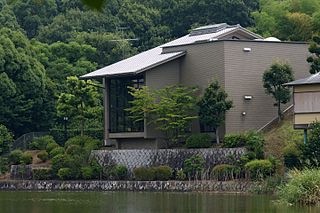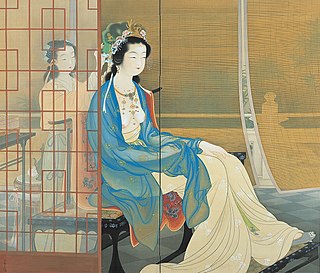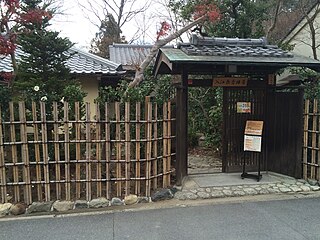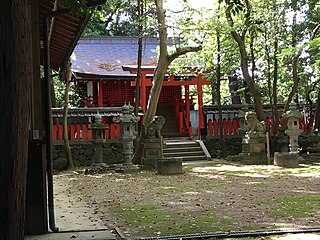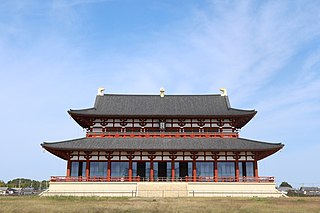73 Sights in Nara, Japan (with Map and Images)
Legend
Premium Sights
Book tickets, guided tours and activities in Nara.
Guided Free Walking Tours
Book free guided walking tours in Nara.
Welcome to your journey through the most beautiful sights in Nara, Japan! Whether you want to discover the city's historical treasures or experience its modern highlights, you'll find everything your heart desires here. Be inspired by our selection and plan your unforgettable adventure in Nara. Dive into the diversity of this fascinating city and discover everything it has to offer.
Sightseeing Tours in NaraActivities in NaraNara Park is a public park located in the city of Nara, Japan, at the foot of Mount Wakakusa. Established in 1880, it is one of the oldest parks in Japan. Administratively, the park is under the control of Nara Prefecture. The park is one of the "Places of Scenic Beauty" designated by the Ministry of Education, Culture, Sports, Science and Technology (MEXT). Over 1,200 wild sika deer freely roaming around in the park are also under designation of MEXT, classified as natural treasure. While the official size of the park is about 502 hectares, the area including the grounds of Tōdai-ji, Kōfuku-ji, Kasuga Grand Shrine and Nara National Museum, which are either on the edge or surrounded by Nara Park, is as large as 660 hectares.
2. Tōdai-ji
Tōdai-ji is a Buddhist temple complex that was once one of the powerful Seven Great Temples, located in the city of Nara, Japan. The construction of the temple was an attempt to imitate Chinese temples from the much-admired Tang dynasty. Though it was originally founded in the year 738 CE, Tōdai-ji was not opened until the year 752 CE. The temple has undergone several reconstructions since then, with the most significant reconstruction taking place in 1709. Its Great Buddha Hall houses the world's largest bronze statue of the Buddha Vairocana, known in Japanese as Daibutsu (大仏). The temple also serves as the Japanese headquarters of the Kegon school of Buddhism. The temple is a listed UNESCO World Heritage Site as one of the "Historic Monuments of Ancient Nara", together with seven other sites including temples, shrines and places in the city of Nara.
3. Kasuga-taisha
Kasuga-taisha (春日大社) is a Shinto shrine in Nara, Nara Prefecture, Japan. It is the shrine of the Fujiwara family, established in 768 CE and rebuilt several times over the centuries. The interior is famous for its many bronze lanterns, as well as the many stone lanterns that lead up to the shrine.
4. Yakushiji Temple
Yakushi-ji (薬師寺) is one of the most famous imperial and ancient Buddhist temples in Japan, and was once one of the Seven Great Temples of Nanto, located in Nara. The temple is the headquarters of the Hossō school of Japanese Buddhism. Yakushi-ji is one of the sites that are collectively inscribed as a UNESCO World Heritage Site under the name of "Historic Monuments of Ancient Nara."
5. Shin Yakushi-ji Temple
Shin-Yakushi-ji (新薬師寺) is a Buddhist temple of the Kegon sect in Nara, Japan. It was founded in 747 by Empress Kōmyō. Initially a large complete Shichidō garan temple, it suffered from fire damage and deteriorated during the Heian period. The temple was revived during the Kamakura period. Only one building, the present main hall or Hon-dō (本堂), has survived from the 8th century. All other structures date to the Kamakura period.
6. Kairyuo-ji Temple
Kairyūōji Temple is a temple of the Shingon Ritsu sect located in Hokaji Kitamachi, Nara City, Nara Prefecture, Japan. The name of the mountain is Mt. Saho. The honzon is the eleven-sided Kannon. It was built in the northeast corner of the Empress Dowager Palace (the ruins of the residence of Fujiwara Fubi, etc.), so it has another name for Sumidera.
7. Toshodaiji temple
Tōshōdai-ji (唐招提寺) is a Buddhist temple of the Risshū sect in the city of Nara, in Nara Prefecture, Japan. The Classic Golden Hall, also known as the kondō, has a single story, hipped tiled roof with a seven bay wide facade. It is considered the archetype of "classical style".
8. 西大寺
Saidai-ji (西大寺) or the "Great Western Temple" is a Buddhist temple that was once one of the powerful Seven Great Temples in the city of Nara, Nara Prefecture, Japan. The temple was first established in AD 765 as a counterpart to Tōdai-ji and it is the main temple of the Shingon Risshu (真言律宗) sect of Buddhism after the sect's founder, Eison (叡尊), took over administration in 1238. It has undergone several reconstruction efforts since then during the succeeding centuries.
9. Jurin-in Temple
Jurin-in is a temple of the Shingon sect of the Daigo sect located in Jurin-in, Nara City, Nara Prefecture, Japan. The name of the mountain is Mt. Rain. The main Buddha is a stone Jizo Bodhisattva. It is located in a corner of Nara Town, where the townscape of the Edo and Meiji periods remains.
10. 奈良学園セミナーハウス志賀直哉旧居
Shiga Naoya's former residence is a literary museum located in Takahata-cho, Nara City, Nara Prefecture, Japan. The former residence of the novelist Naoya Shiga of the Shirakaba school. It is also called Takahata Salon. It is open to the public and is also used as a seminar house for Nara Gakuen.
11. 帯解寺
Obitokedera is a temple of the Kagon sect located in Nara City, Nara Prefecture, Japan. The name of the mountain is Mt. Zi'an. The honzon is Jizo Bodhisattva. It is known as a temple for praying for safe birth.
12. Suzakumon Gate
The Suzakumon was the main gate built in the center of the south end of the imperial palaces in the Japanese ancient capitals of Fujiwara-kyō (Kashihara), Heijō-kyō (Nara), and later Heian-kyō (Kyoto). The placement followed the ancient Chinese palace model requirements at the time, where Suzaku , the Vermilion Bird was the Guardian of the South.
13. 伝香寺
Denkoji Temple is a temple of the Ritsu sect located in Nara City, Nara Prefecture, Japan. There is no mountain number. The main Buddha is Buddha. The "scattered camellia" in which the petals scatter one by one is counted as one of the "Nara Three Famous Camellias" along with the "Glue Spill" of Todaiji Kaizando and the "Five-colored Camellia" of Hakuki-ji Temple.
14. Isui Garden
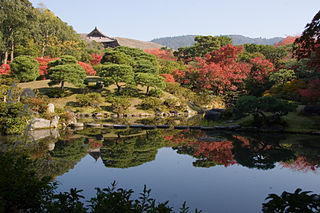
Isui-en is a Japanese garden located in Nara, the old capital of Japan near Kyōto. It has been preserved since its creation in the Meiji era, and is the only walking garden in Nara. It is divided into two sections, which were originally two separate gardens, and each features a pagoda.
15. 芳徳禅寺
Hōtoku-ji is a temple of the Rinzai sect of Daitoku-ji located in Yanagyu Shimomachi, Nara City, Nara Prefecture. The mountain name is Jingo-san, and the main deity is Shakyamuni Buddha. It is also referred to as Hōtoku Zen Temple.
16. The Kids Science Museum of Photons
Kidzu Hikari Kagakukan Futon is a science museum located in Kizugawa City, Kyoto Prefecture (Kizu District, Kansai City of Culture and Science). It is the first science museum related to light in Japan.
17. Uwanabe Kofun
Uwanabe Kofun is a circular mound located in Hokaji-cho, Nara City, Nara Prefecture, Japan. It is one of the burial mounds that make up the Saki Shield Row Kofun Group (Uwanabe Kofun Group), and is located at the easternmost point of the Kofun Group and is the largest giant burial mound.
18. 富雄丸山古墳
Tomio Maruyama Kofun is an ancient burial mound located in Maruyama, Nara City, Nara Prefecture, Japan. The shape is a circular mound. It has not been designated as a historic site. The excavated items have been designated as important cultural properties of Japan.
19. 菅原天満宮
Sugawara Tenmangu Shrine is a shrine located in Sugawara Higashi 1-chome, Nara City, Nara Prefecture, Japan. It is a Shikiuchi company, and the former company name is Gosha. It is also called "Sugawara Shrine (Sugawara Jinja / Sugahara Jinja)". It is known as a shrine related to the ancient clans of the Doshi and Sugawara clans.
20. 佐紀陵山古墳

Sakiryozan Kofun is an ancient burial mound located in Sanryo Town, Nara City, Nara Prefecture, Japan. The shape is an anterior-posterior mound. One of the burial mounds that make up the Saki Shield Row Tombs.
21. 暁光山 正覺寺
Shogakuji Temple is a temple of the Jodo Shinshu Honganji sect located in Minaminaka-cho, Nara City, Nara Prefecture, Japan. The name of the pavilion is Xiaoguang Pavilion, and the name of the mountain is Xiaoguang Mountain.
22. 不空院 (Fukūin)
Fukuin is a temple of the Shingon Ritsu sect located in Takahata-cho, Nara City, Nara Prefecture, Japan. The name of the mountain is Mt. Kasuga. The honzon is the Fuku 羂羂索Kannon. It is known as a rim-cutting temple because of its history of being a "kakekomi temple" in the past.
23. Kōninji Temple
Koninji Temple is a temple of the Koyasan Shingon sect located in the town of Void Kura, Nara City, Nara Prefecture, Japan. The name of the mountain is Void Kurayama. The main Buddha is the Bodhisattva of the Void. It is a temple located on the mountainside of Mt. Void Kura, a small hill in the middle of the northern province of the mountain near Tenri City, in the southern part of Nara City. It is famous for its thirteenth chant on April 13 every year. It is commonly known as "Takahi's Void Warehouse".
24. Zuto Tower
The head tower is a soiled tower in Takahata -cho, Nara City. Based on a square of 32m on one side, it has a stair pyramid -shaped structure with a height of 10m and seven steps. Stone Buddha is located around the north, south, east, west, west, south, east, west, west, south -south. On March 8, 1922 (Taisho 11), it was designated as a national historic site.
25. Isagawa Shrine
Isagawa Shrine is a shrine located in Honkomori-cho, Nara City, Nara Prefecture, Japan. It is a shrine outside the precincts of the Ōkami Shrine, and its official name is Ōkami Miko Shrine, and it is also called Ōkami Myojin. A small shrine in Shikiuchi that is described in the "Enki Shikijin Name Book" as "Ōkami Miko Shrine Sanza".
26. Nara Episcopal Church
Nara Christian Church is a church of the Nippon Sei Ko Kai located in Nara City, Nara Prefecture. In 1930, a Western-style building that did not fit the landscape of the Nara Park area was not permitted, so it was constructed as a purely Japanese-style church. The design and construction were done by Yoshitaro Oki, a church member and a master carpenter. There is a transom inside the church.
27. Himegamisha Shrine
The Himegamisha Shrine is a Shinto shrine in the city of Nara, in Nara Prefecture, Japan. It is built in 1981 by the people of this neighborhood on the tomb called Hime-zuka that is estimated to be a burial place of Princess Tōchi, an Empress-consort of Emperor Kōbun. It is a sessha of the Kagami Shrine.
28. 奈良豆比古神社
Nara Zuhiko Shrine is a shrine located in Nara City, Nara Prefecture, Japan. It used to be called Narasaka Kasugasha. It is also called Kasugasha and Yawatasha. It is a descendant of the Shikinai Shrine "Nara Zuhiko Shrine in Yamato Province Soejo District" (there is also a theory that the Nara Shrine in Tenri City is a descendant of the Nara Zuhiko Shrine, but it is not considered very likely).
29. 佐紀石塚山古墳
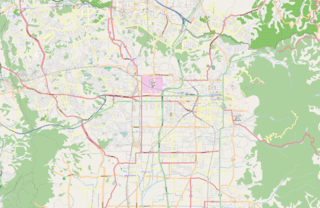
The Saki Ishizukayama Tomb is an ancient burial mound located in front of the Imperial Tomb in the town of Yamaryo, Nara City, Nara Prefecture, Japan. The shape is an anterior-posterior mound. One of the burial mounds that make up the Saki Shield Row Tombs.
30. Tomb of Emperor Heijo
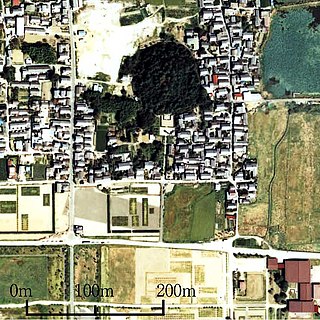
Ichiiwa Kofun is an ancient burial mound located in Tsukamoto, Saki-cho, Nara City, Nara Prefecture, Japan. The shape is an anterior-posterior mound. One of the burial mounds that make up the Saki Shield Row Tombs.
31. Konabe Kofun
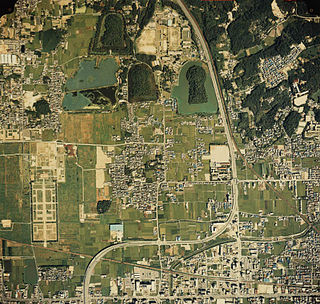
Konabe Kofun is an ancient burial mound located in Hokaji-cho, Nara City, Nara Prefecture, Japan. The shape is an anterior-posterior mound. One of the burial mounds that make up the Saki Shield Row Tombs.
32. 天石立神社
Amano Iwatate Shrine is a shrine located in Iwatodani, Yagyucho, Nara City, Nara Prefecture. It is situated at the northern foot of a small hill called Toiwa Mountain, at an elevation of 330 meters, and does not have a main hall, instead allowing worshippers to directly venerate the large rock that resides there. It is listed as a shrine in the Engishiki Shimeichō under the name "Amano Iwatate Shrine" and was formerly classified as a village shrine.
33. Tamukeyama Hachiman Shrine
Tamukeyama Hachiman Shrine is a Shinto shrine near Tōdai-ji, Nara, Nara Prefecture, Japan. It is a Hachiman shrine, dedicated to the kami Hachiman. It was established in 749. Kami enshrined here include Emperor Ojin, Emperor Nintoku, Empress Jingū and Emperor Chūai in addition to Hachiman.
34. Ryōsen temple
Ryōsen-ji (霊山寺) is a Buddhist temple in Nara, Japan. Founded in the eighth century, the Hondō is a National Treasure and a number of other buildings and temple treasures have been designated Important Cultural Properties.
35. 円満寺
Enmanji Temple is a temple located in Yamamachi, Nara City, Nara Prefecture, Japan. The honzon is a blue-faced Kongo. Yamato Northern Eighty-Eight Sacred Places No. 69. The temple office is also used as a community center in Shimoyama Town.
36. Buddhist Art Library
The Nara National Museum Buddhist Art Research Center is a facility managed by the Nara National Museum, established in 1980 for the purpose of researching, preserving, and publicly displaying Buddhist art materials and related documents.
37. Enshō temple
Enshō-ji is a Buddhist temple complex in Nara founded by Queen Bunchi, daughter of Emperor Go-Mizunoo, in 1656. Together with Chūgū-ji and Hokke-ji, it is considered one of the Three Yamato Monzeki (大和三門跡), or imperial temples, belonging to the Myōshin-ji school of Rinzai Zen.
38. 五社神古墳
Empress Jingū was a legendary Japanese empress, who ruled as a regent following her husband's death in 200 AD. Both the Kojiki and the Nihon Shoki record events that took place during Jingū's alleged lifetime. Legends say that after seeking revenge on the people who murdered her husband, she then turned her attention to a "promised land." Jingū is thus considered to be a controversial monarch by historians in terms of her altered/fabricated invasion of the Korean Peninsula. This was in turn used as justification for imperial expansion during the Meiji period. The records state that Jingū gave birth to a baby boy whom she named Homutawake three years after he was conceived by her late husband.
39. Uneme Shrine
Uneme Shrine is a shrine located in Taruimachi, Nara City, Nara Prefecture. It is an outer shrine of Kasuga Taisha. It is situated on the northwest shore of Sarusawa Pond, but the main hall faces west, turning its back to the pond.
40. 瓢箪山古墳
The Saki Gourd Mountain Tumulus (Saki Hyotan Yama Kofun) is a tumulus in the first half of the tumulus, located in Saki -kondo, Nara City, Nara Prefecture. It is one of the Saki shield -row tumulus groups, which is often called the gourd mountain tumulus, but this name is used to distinguish it from the gourd mountain tumulus all over the country. The tumulus is designated as a national historic site.
41. Himuro Shrine
Himuro Shrine is a Shinto shrine in Nara, Nara Prefecture, Japan. It was established in 710. Kami enshrined here include Tsugenoinagi oyamanushi no mikoto, Emperor Nintoku and Nukata no Onakatsuhiko no Mikoto (額田大仲彦命). The shrine's main festival is held annually on October 1. Tsugenoinagi oyamanushi no mikoto was a folk figure said to have invited a way to preserve ice. Prince Nukata no Onakatsuhiko no Mikoto, a brother of Emperor Nitoku, met with Tsugenoinagi oyamanushi no mikoto and brought the method to preserve ice to the Emperor
42. 福寺の跡
Fukudera was a temple located in Nanjing-shu-cho, Nara City, Nara Prefecture, Japan. Fukudera Pond existed on the site until it was reclaimed in 1970 (Showa 45). The first appearance in literature is after the Muromachi period, but in the Edo period, it is identified with Fukudera (Hatoridera), a phantom temple whose whereabouts are unknown, which is said to have been founded in the Nara period, and in recent years, tiles that can be traced back to the Nara period have been found in the ruins of Fukuji Pond. In this section, we will also describe the "Clothing Temple" that is identified with it.
43. 崇道天皇陵
Yashima Mauyo (Yashima no Misagi, Yashima Maryo) is the mausoleum of Prince Sawara in Yashima Town, Nara City, Nara Prefecture, Japan. It is also written as the Yashima Mausoleum, and it is also called the Emperor Sudo Mausoleum because the parent king was revered as Emperor Sudo. It was established during the Bunkyu years.
44. 閼伽井庵
Akai-an is a temple of the Pure Land sect of the Chinsai sect located in Takahata-cho, Nara City. It is also known as Akanbo. The area around the temple used to be called Dingai Town, and was annexed to Takahata Village in 1883 (Meiji 16), but it still remains the common name of the town in Takahata Town.
45. Kiko-ji temple
Kikō-ji (喜光寺) is a Buddhist temple in Nara, Japan. Founded in the eighth century, its Muromachi-period Hondō and the Heian-period statue of Amida Nyorai enshrined within are Important Cultural Properties.
46. 野神古墳
Nogami Kofun is a burial mound located in Nankinshumachi, Nara City, Nara Prefecture. Its shape is estimated to be a keyhole-shaped mound. It is one of the burial mounds that make up the Daianji Kofun group and is designated as a historic site by Nara City.
47. Naramachi Ten-jinja Shrine
Tenjinsha is a shrine located in Takahata, Nara City, Nara Prefecture, Japan. It is also called Naramachi Tenjinja Shrine. It is a heavenly shrine in Kitatenma, and the precincts are about 1,000 square meters.
48. 光明山 賢故坊 浄福寺
Jofukuji Temple is a Buddhist temple of the Jodo sect located in Kozenin-cho, Nara City, Nara Prefecture, Japan. The name of the mountain is Kōmyōzan, the name of the temple is Kozen-in, and the name of the temple is Kenshobo.
49. 法徳寺
Hotokuji Temple is a temple of the Harmony Nembutsu sect located in Jurinin-cho, Nara City, Nara Prefecture, Japan. The name of the mountain is Kōmyōzan, and the name of the temple is Douyan-in. The main statue is a standing statue of Amitabha.
50. 率川神社
Isagawa Shrine is a shrine located in Nishishinya-cho, Nara City, Nara Prefecture, Japan. It has also been recorded under the names of Asuka Jinnami Shrine and Awa Shrine. The priest also serves as the priest of the Spirit Shrine.
51. 金躰寺
Kontaiji is a Jodo sect temple located in Jurin-in-cho, Nara City, Nara Prefecture. The mountain name is Doshozan, and the temple name is Nanko-in. The main deity is a standing statue of Amida Nyorai.
52. 菩提院大御堂(十三鐘)
Bodaijiin is a temple of the Hosso sect located in Nara City, Nara Prefecture. It is a sub-temple of the main temple Kofukuji. The principal image is Amida Nyorai. It is commonly known as Jusan Kane. It is situated south of the five-story pagoda, across Sanjo Street from Kofukuji.
53. 塩塚古墳
Shioduka Kofun is a keyhole-shaped burial mound located in Uta-hime-cho and Saki-cho, Nara City, Nara Prefecture. It is one of the Saki Tachi-retsu Kofun group and is designated as a national historic site.
54. Renchō-ji Temple
Renchouji is a Nichiren sect temple located in Aburasaka-cho, Nara City, Nara Prefecture. It is a historical site of the Nichiren sect. The mountain name is Kouei-zan. The former head temple is Honkokuji (Rokujou-mon school) and the Enshishi lineage (Ryuengen-kai).
55. 常徳寺
Jotokuji Temple is a temple of Nichiren Buddhism located in Kitamukai, Nara City, Nara Prefecture, Japan. The name of the mountain is Mt. Hosei. The main hall was built in 1686 and is a designated cultural property of Nara Prefecture. It enshrines the Great Bodhisattva of Asahi Myomi, which was dedicated by the Yagyu clan chief Suzu Oyamada during the Kyoho year (1716-1737). The former main temple is Kyoto Chomyoji Temple, and the main temple is the temple of the master of the temple.
56. やくよけ観音寺 慈眼寺(jiganji)
Jigenji Temple is a Buddhist temple of the Nishiyama Jodo sect located in Kitakoji, Nara City, Nara Prefecture, Japan. The name of the mountain is Daihizan, and the main temple is the Bodhisattva of Saint Kanseon. It is said that the Kannon-do Hall was founded at the request of Emperor Shomu. It is known as "Yakuyoke Kannon". The 21st temple of the southern capital of the West Country. In addition, persimmon trees, which are more than 400 years old and are designated as natural monuments by Nara City, grow in the precincts.
57. 白毫寺 (Byakugō-ji)
Byakugō-ji (白毫寺) is a Buddhist temple in Nara, Japan. A number of wooden statues of the Heian and Kamakura periods have been designated Important Cultural Properties and the temple's five-coloured camellias are a Prefectural Natural Monument.
58. 豊成山高坊高林寺
Korinji Temple is a temple (nunnery) of the Buddhist sect of the Harmony Nembutsu sect located in Inoue-cho, Nara City, Nara Prefecture, Japan. Although he does not have a Dan family, he gathers the faith of many believers.
59. 白山神社
Hakusan Shrine is a shrine located in Motokoji Town, Nara City, Nara Prefecture, Japan. It has also been recorded under the name of Haruta Shrine. The priest also serves as the priest of the Spirit Shrine.
60. Irie Taikichi Memorial Museum of Photography Nara City
Irie Taikichi Memorial Museum of Photography Nara City opened in Nara, Japan, in 1992. Located near Shin-Yakushi-ji and designed by Kishō Kurokawa, the Museum was formerly known as the Nara City Museum of Photography (奈良市写真美術館). The collection includes the complete oeuvre of Irie Taikichi, some 80,000 works; a set of 1,025 Meiji and Taishō glass plates by Kudō Risaburō (工藤利三郎) that are a Registered Tangible Cultural Property; and photographs by Tsuda Yoho (津田洋甫).
Wikipedia: Irie Taikichi Memorial Museum of Photography Nara City (EN)
61. 十念寺
Junenji is a Buddhist temple of the Jodo sect in Nara City, Nara Prefecture. The mountains are Ninja Mountains, and the official name is the Ninja San Aizukin Konpiragenji Temple. Emperor Hanazono Imperial Office. The principal is Amida Nyorai.
62. Kibizuka Tomb
Kibizuka Kofun is a circular mound or anterior posterior mound located on the campus of Nara University of Education in Takahata-cho, Nara City, Nara Prefecture, Japan. It is said to be the tomb of Kibi Mabi.
63. 春日若宮社
Kasuga Wakamiya Shrine is a shrine located in Nakatsuji-cho, Nara City, Nara Prefecture, Japan. There is a shroud in a small shrine built by Kasuga. In the foreground are stone lanterns from the 12th year of Tenpo (1841) and the 2nd year of Kaei (1849).
64. 中野美術館
Nakano Museum of Art opened in Nara, Japan, in 1984. Located across Kaerumata Pond from the Yamato Bunkakan, the museum's collection of Meiji, Taishō, and Shōwa yōga, nihonga, sculptures, and copper-plate engravings, built up by Nakano Kanji (中野皖司), includes works by Asai Chū, Nakamura Tsune, Kishida Ryūsei, Suda Kunitarō , and Yokoyama Taikan.
65. 松伯美術館
Shōhaku Art Museum opened in Nara, Japan, in 1994. It was established thanks to donations of artworks and the support of Kintetsu. The collection comprises paintings and sketches by Uemura Shōen, Uemura Shōkō , and Uemura Atsushi , and special exhibitions are staged to help promote the appreciation of Nihonga. The shō (松) element of the museum's name is derived from the first character of the first two of these artists' given names, as well as from the pines in the garden of the former honorary chairman of Kintetsu, where the museum now stands, while the haku (伯) element comes from its tea house, known as Hakusentei (伯泉亭).
66. Irie Taikichi's old residence
Yasuyoshi Irie is a historical site and cultural facility located in Suimon Town, Nara City, Nara Prefecture, Japan. The former residence of photographer Yasuyoshi Irie. The photographer's detached darkroom, the study where the work was conceived, and the garden where the Manyo plant was grown are open to the public. The words "Taikichi Irie" on the nameplate are due to the volatilization of the boss Haeun.
67. 西照寺
Saishoji is an independent temple located in Imatsujiko-cho, Nara City, Nara Prefecture. It was originally a Jodo sect temple. The mountain name is Shiunzan, and the temple name is Ieyasu-in. The main deity is the Amida Nyorai with a belly band.
68. 手力雄神社
Terikio Shrine is a shrine located in Hashimoto-cho, Nara City, Nara Prefecture, Japan. Kasuga Taisha precincts. It is located on the east end of the north side of Sanjo-dori, and the rear is across the Tsukiji wall to become the Kofukuji Hall.
69. 淨教寺
Jōkyōji Temple is a temple of the Jodo Shinshu Honganji sect located in Kamisanjo Town, Nara City, Nara Prefecture, Japan. The name of the mountain is Mt. Kujo. The main statue is a standing statue of Amitabha.
70. 春日神社
Kasuga Shrine is a shrine located in Hokaji-cho, Nara City, Nara Prefecture, Japan. Originally, it was enshrined as a shrine to the temple of the Sea Dragon, but during the Kannobu year, the two seats on the left and right were enshrined, and it came to be revered as a god. Unatari Shrine is called Nishinomiya and our company is called Higashinomiya, and it is worshipped as the chief deity of Hokaji Town.
71. 鎧地蔵堂
Yoroijizodo is a jizodo located in Kijimachi, Nara City, Nara Prefecture, Japan. It is located at the corner of the area commonly known as "Kasaya-cho" in Kidera Town, and the south side across the road is commonly called "Jizo-cho". As the main shrine, the stone statue of Armor Jizo is worshipped.
72. 水鏡天神社
Mizukagami Shrine is a shrine located in Gojo Town, Nara City, Nara Prefecture, Japan. The former company name is Murasha. It is also called the Mizukagami Shrine, and is a clan deity in the nearby Nakagakiuchi, Degakinai, and Nishigakiuchi. It used to be the shrine of Toshodai Temple.
73. Nara Palace Historical Park
Heijo Palace is the inner part of Heijo Kyoto. In December 1998 (Heisei 10), it was registered as a World Heritage Site along with Todaiji Temple as a "cultural property of the ancient capital of Nara" (the first archaeological site in Japan).
Share
How likely are you to recommend us?
Disclaimer Please be aware of your surroundings and do not enter private property. We are not liable for any damages that occur during the tours.
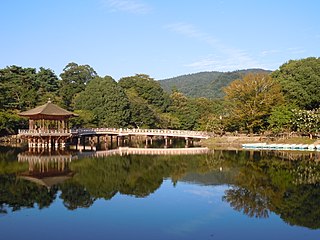
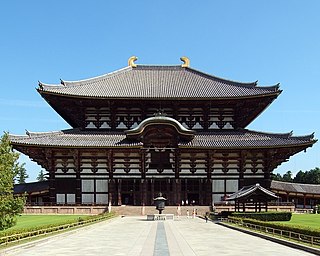
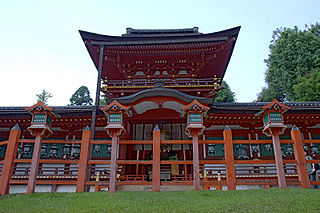
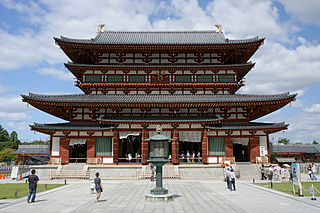
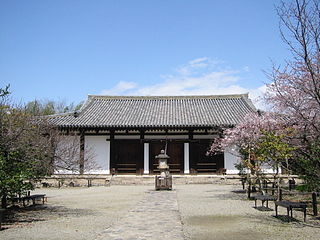
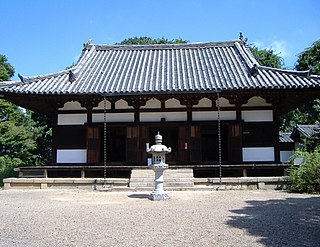

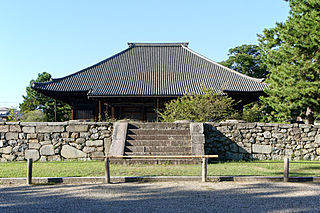
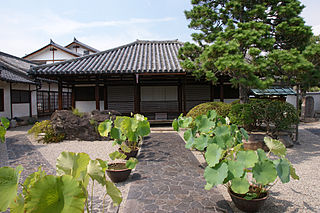
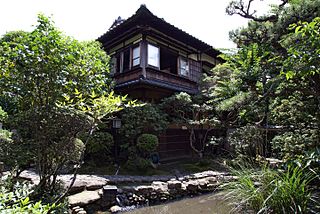
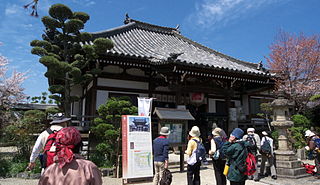


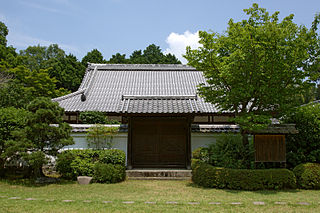
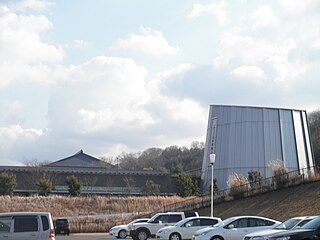

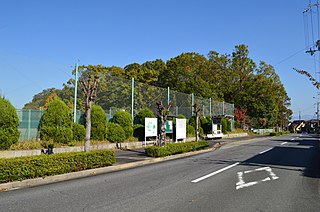
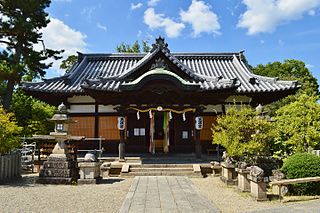
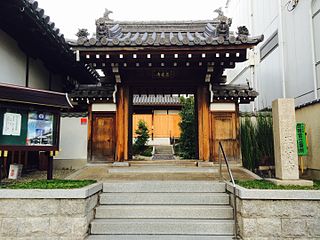
.jpg)

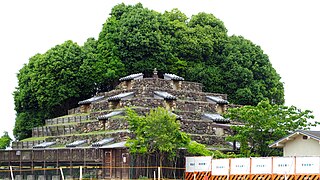
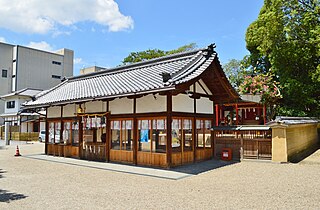


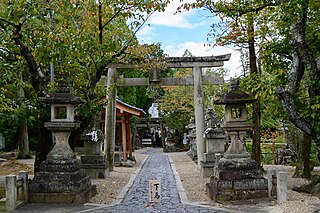

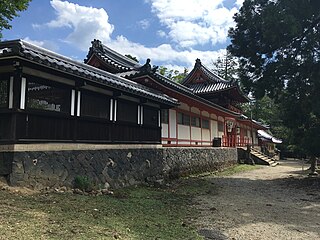

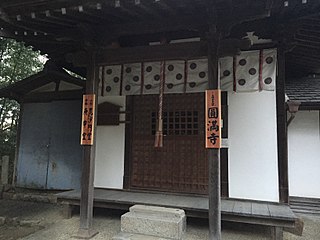

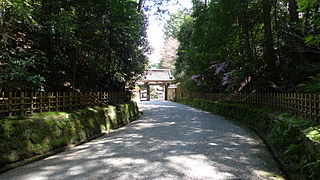
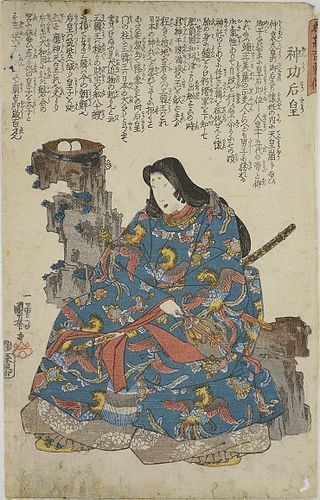


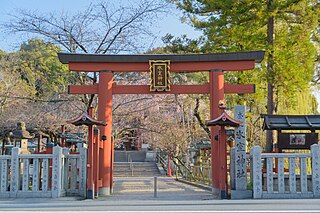
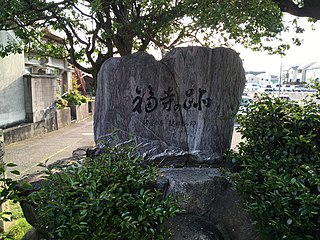
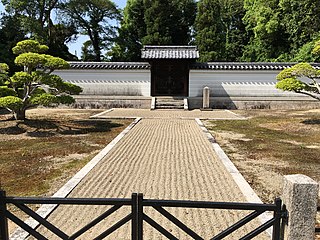
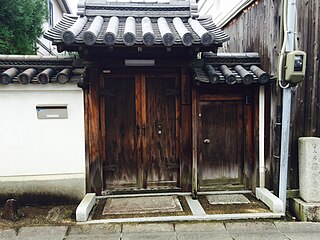
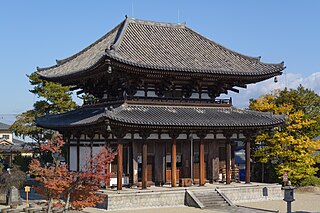

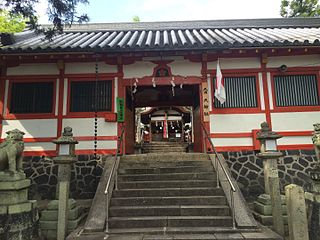
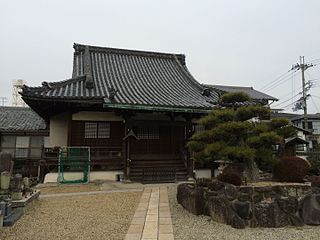
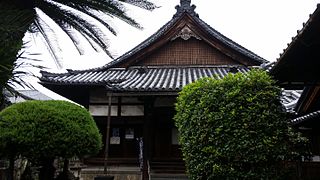
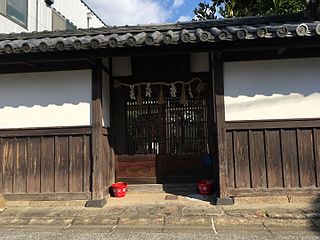

.jpg)
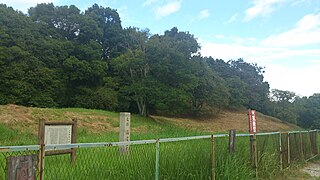
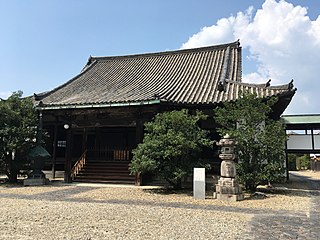

.jpg)
.jpg)
